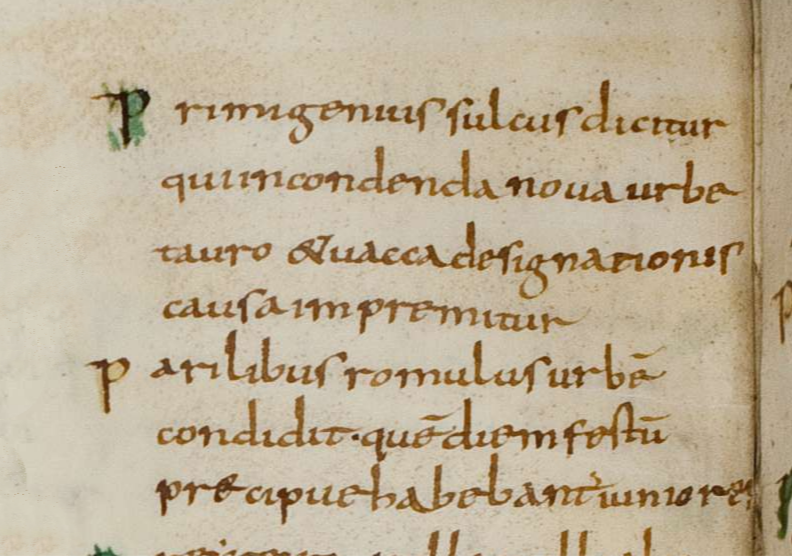Tisna River God
- sulla80

- Jul 10, 2021
- 2 min read
Updated: Oct 8, 2023
My coin of interest today comes from Asia minor, the west coast of modern Türkiye, just south of Pergamon and east of Kyme. This coin has an interesting river god who looks all the more interesting for the results of >2200 years of aging. Although a bit pock marked with age, it seems quite an exceptional coin for this type, both for its style and preservation.

Aeolis, Tisna, 4th century BC, Æ 17.6mm, (3.96g, 5h)
Obv: Head of river god Tisnaios left
Rev: TIΣ/NAION, one-handled cup
At first glance, I took it for a coin of Kyme with a recognizable cup from other coins of Kyme. However, the legend on the reverse calls out Tisnaion. The cup does raise a question of a relationship to Kyme which was only a few miles to the west of Tisna. The obverse is considered to show the river god Tisnaios with bull's horns.
Here's a 3rd-4th century coin from Kyme:

Aeolis, Kyme, ca. 350-250 BC AE, 4.92g, 16.4mm, Nestor (?), magistrate.
Obv: NΕΣΤΩP - Eagle standing right
Rev: Κ-Υ, one-handled cup
Here's a 2nd century BC coin of Kyme for comparison.

Greek Aeolis, Kyme circa 165-90 BC, Bronze Æ, 15.8mm, 3.37g, Zoilos magistrate
Obv: Draped bust of Artemis right, with bow and quiver over shoulder
Rev: Single-handled cup, with laurel branch to outer left and right, KY above, ΖΩΙΛΟΣ across fields
Tisna does not appear on most maps. Fortunately the Barrington Atlas (p. 56) did not disappoint, locating it South of Pergamon and east of Kyme (a.k.a. Cyme).

The archeological site was first discovered in 1860 by a French sailor M. Guichon. (See: E. Erdan, 2019, the source for the photo below).

Pliny mentions the town and the associated river as Titanus:
"Æolis comes next, formerly known as Mysia, and Troas which is adjacent to the Hellespont. Here, after passing Phocæa, we come to the Ascanian Port, then the spot where Larissa stood, and then Cyme, Myrina, also called Sebastopolis, and in the interior, Ægæ, Attalia, Posidea, Neontichos, and Temnos. Upon the shore we come to the river Titanus, and the city which from it derives its name. "
-Pliny the Elder, The Natural History, Book 5, 32.1
River Gods were common in Anatolia, with water central to life in Ancient Greece. River gods are documented on coins across almost a thousand years from the 6th century BC to 3rd century AD. Altinoluk, in a 2005 thesis reports 77 different river gods appearing on coins of Asia Minor. The cults of four river gods are known in the Aeolis region: Hermus, Xanthus, Titnaius, and Boionites. Titnaius appears to be the earliest documented. A 2018 study of the archeological site of Tisna and surroundings discovered a "sacred spring", and a sanctuary on Sarıkale Hill, which may have been associated with sacrifices to the River god, Tisnaios.
References (additional references linked inline)
Kaya, E. The River Gods in Aiolis. Cedrus, (8), 497–505, 2020.
E. Erdan, Tisna I: İlk Araştırmalar ve Gözlemler. İstanbul 2019.
Zeynep Sencan Altinoluk (2006), The river-gods in Asia Minor in the light of the coins, Istanbul University, Department of Archeology, Thesis supervised by Prof. Oguz, Tekin
Ostrowski, Janusz A. Personifications of rivers in Greek and Roman art, Warszawa, 1991.



Comments